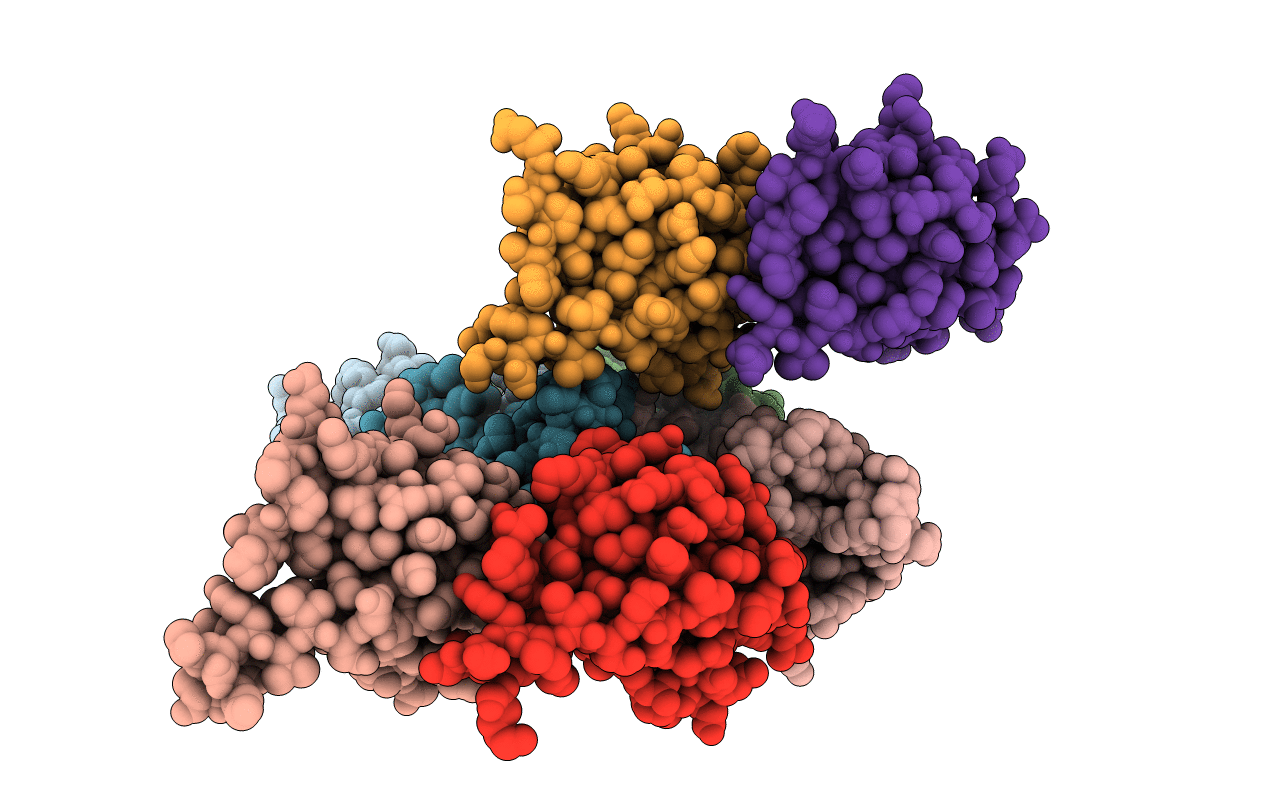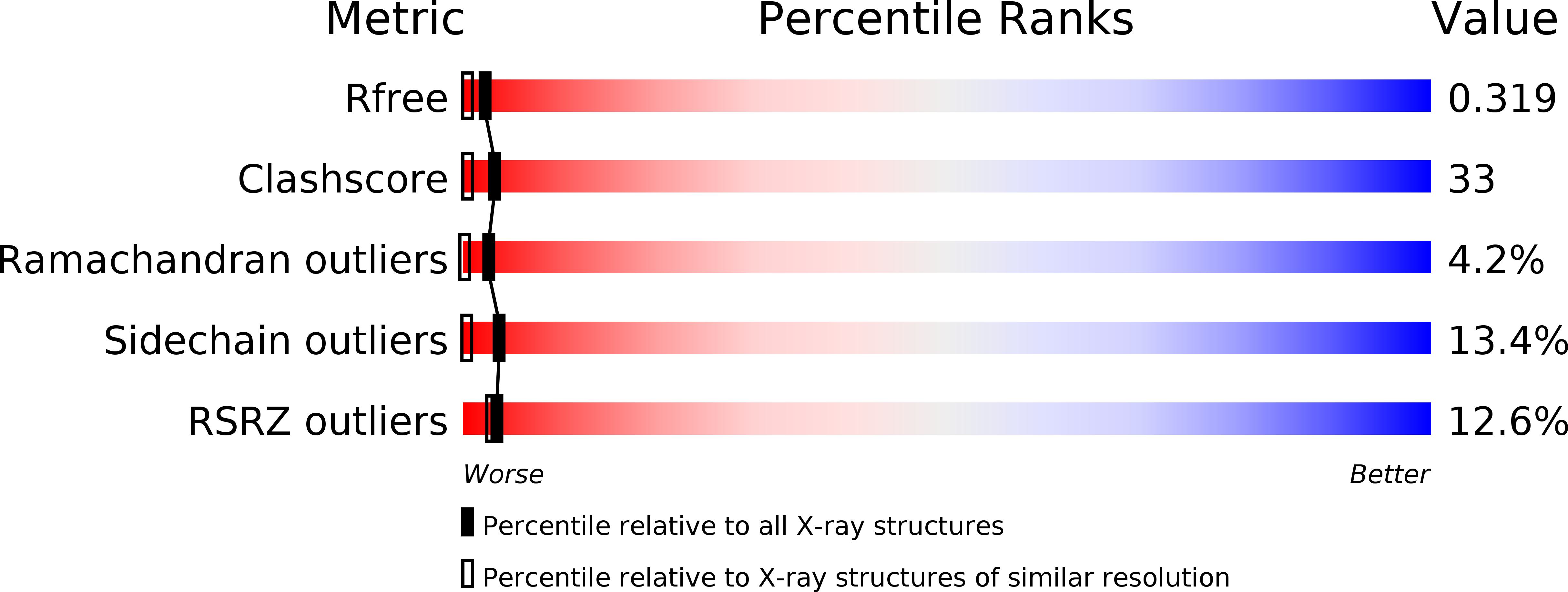
Deposition Date
2010-07-28
Release Date
2011-06-15
Last Version Date
2024-02-21
Entry Detail
PDB ID:
3O5N
Keywords:
Title:
Tetrahydroquinoline carboxylates are potent inhibitors of the Shank PDZ domain, a putative target in autism disorders
Biological Source:
Source Organism:
Mus musculus (Taxon ID: 10090)
Host Organism:
Method Details:
Experimental Method:
Resolution:
1.83 Å
R-Value Free:
0.28
R-Value Work:
0.23
R-Value Observed:
0.23
Space Group:
P 1 21 1


